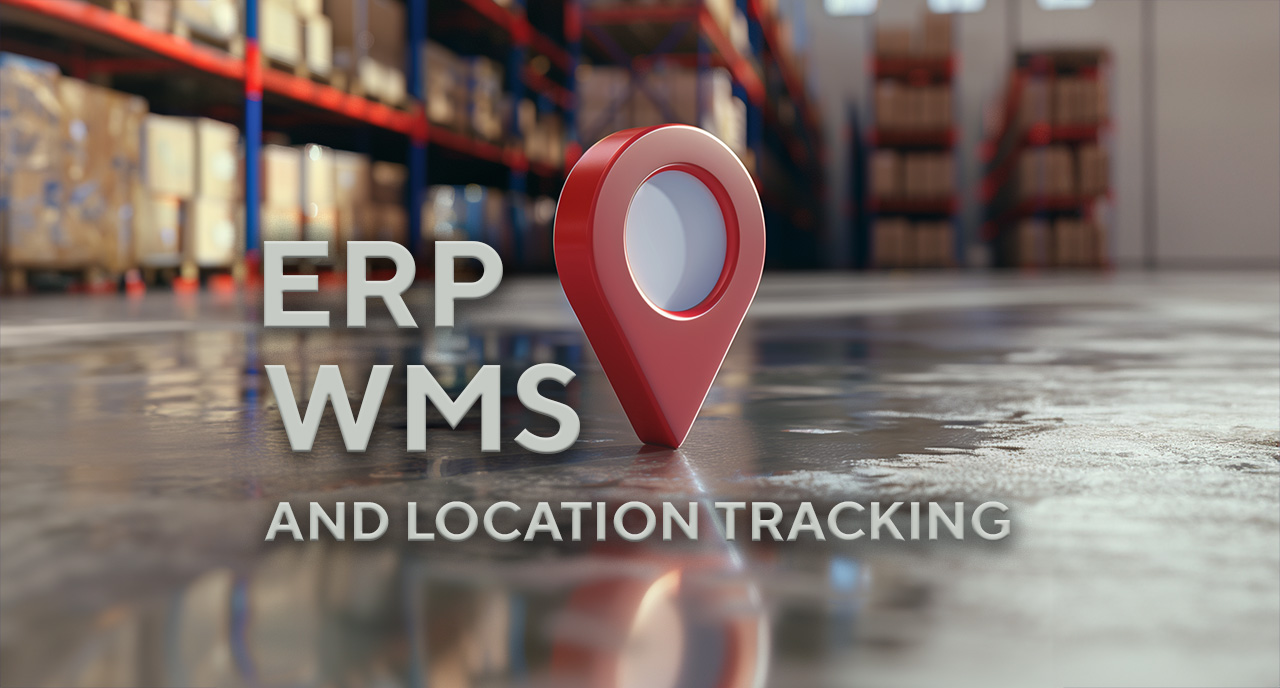Project Shop4CF
About the project
Data gathering and leveraging is a hot topic across all industries. It helps improve production processes beyond the capabilities of the human brain and its interpretations of reality.
Data collection, digital twins, metrics and KPIs are everyday terms in Industry 4.0 environments but a part of the market segment with lots of manual work is left in the dark and continues to use error-prone, manual or expensive techniques to analyze productivity and efficiency.
The impact of the Shop4CF (Smart human-oriented platform for Connected Factories) project is to enable the same level of real-time insights to job shop and discrete manufacturing that are already available to other environments. In the long term, it will enable these players to optimize their processes and stay competitive in a hyper-customization-focused area.
Using the omlox industry standard aimed directly at unifying localization systems and making those systems interchangeable (anti-vendor-locking) will make the market of RTLS systems more accessible and will facilitate experimentation with those technologies.

Location-based shop floor visibility using the open omlox standard for RTLS
Salco is a Dutch company with more than 40 years of experience. Salco manufactures tailor-made door solutions. The production process is a typical example of a job-shop manufacturing environment. The production process adapts to align with every unique customer project. In its search for process improvement and quality of work, Salco has engaged with Pozyx to implement a WIP (work in progress) dashboard, created to improve the production processes.
The Horizon 2020 project focuses on bringing visibility to the production floor of the Salco job shop environment and discrete production processes in general. Real-time data on WIP status will improve the decision-making process on different levels. The solution is developed to help production managers get a real-time view of their production process at floor level, that is accurate and easy to read. The project solution for discrete manufacturing will also provide input for continuous improvement practices like value stream mapping, reducing delays in production and improving overall efficiency.
The WIP Dashboard
The WIP Dashboard was developed as part of the Pozyx RTLS Platform to provide areal-time overview of production workflows. It shows all stages of the production process and the assets that populate it.

Filters
The WIP Dashboard holds a filter feature based on contextual information that is relevant to the production manager to identify orders and their status.
The view can also be filtered based on the process, if multiple exist within the production flow, or based on the type of product in case there is a variety of products being manufactured.

Drill-down information
One of the key features of the WIP Dashboard is its user-friendly graphical interface, which provides an intuitive way of communicating data to end-users. The interface is interactive, with "clickable" elements that allow users to drill down into specific information.
For example, a click on a location's graphic element will display the list of products or components currently located at that location. The graphical representation of the workflow will also highlight the positions of products or components in real-time, making it easy for users to understand where all elements are in production, at any given moment.
Triggers based on geo-fences
In addition to the graphical interface, the WIP Dashboard includes a visual alerts area designed to display messages generated by various triggers defined by the user. These triggers and priorities will be user-configurable, allowing users to customize the alerts to meet their specific needs.

By highlighting deviations in real-time, the visual alerts will help users to quickly identify and resolve any issues that may arise during the production process. The WIP Dashboard also includes a data display area that allows users to choose filters to select specific data for their needs.
Analytics, reports & KPIs
Additional features such as production reports, metrics & KPIs, and statistics will provide even more insights into the production process to increase efficiency and productivity in the production of Salco’s doors and any discrete manufacturing production environment.
FIWARE Middleware
In parallel with the development of the WIP Dashboard, a middleware component was developed to communicate with the FIWARE context broker to allow the Pozyx RTLS Platform to seamlessly integrate with the FIWARE architecture. FIWARE is an open-source technology used for developing smart solutions, digital twins, and data spaces across a variety of domains of digital transformation.
The Pozyx Platform is also an omlox hub, hence the middleware component will allow for communication between any omlox hub and the FIWARE architecture.
Project impact
The intended impact of this project is to enable the same level of real-time insights to job shop and discrete manufacturing that are already available to other production environments. The real-time visibility of the production floor process will help managers and supervisors to make faster and better decisions while reducing unnecessary and repetitive work for operators.











